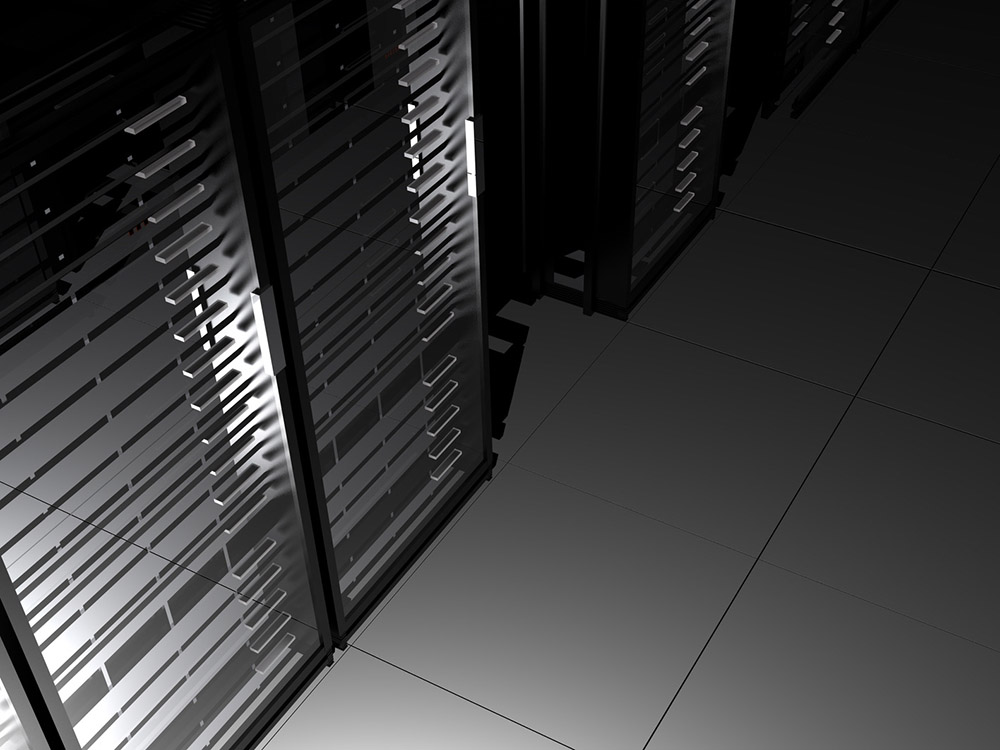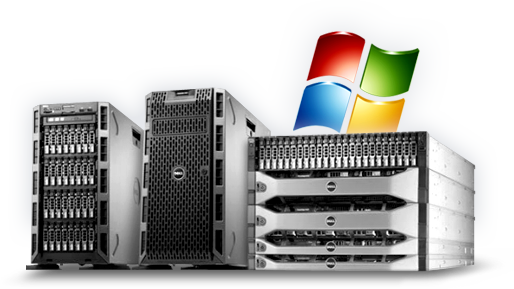
When you’re live on a public network, security should be your primary concern. If you’ve chosen our Windows based KVM VPS packages, we have an array of security tips you can implement today.
These tips will help prevent malicious users and software from affecting your site. Here’s what you should start with:
Disable the default account
An administrator account is created and is set on default when installing a Windows OS. Usually, you’ll get this account with the package.
The first thing you should do is disable it and create a new one with complete range of administrator privileges. The trick is to use a random name; forgo the usual admin or administrators words. Or, use these terms with something else:
- Company name-Administrator (example, HostSailor-Administrator)
- Admin-company name (example,admin-HostSailor)
- Individual username-admin (example, Simon-admin)
- Individual username-company name (example, Simon-HostSailor)
- Individual-some random numbers (example, Simon-765289)
Choose a stronger password
It’s been said time and again that your passwords should be strong and hard to crack. But how do you pick such a password?
For one, use a combination of special characters, numbers and letters. Make sure to avoid sequence. For example, 123abc456 is a weak password, but 592zlf&$! is random and more secure.
Also, make the password longer. Typically, a strong password will be at least 10 characters long. Don’t use a password you already have for a site or network, or even a variation of an existing password.
Hint: the more random your password, the harder it is for hackers to crack.
Install antivirus to your Windows VPS
If you’re downloading and uploading files routinely, it’s necessary that you install the antivirus. Where to start: Microsoft’s Security Essentials is your best bet.
They have free options for starters and have auto updating services to install the latest antivirus definitions. This will help prevent all types of malicious software, including spyware, viruses, malware, adware and more.
Enable Windows firewall
Almost all Windows OS are shipped with a default firewall. It’s highly effective against malicious software and hacking attacks.
Simply put, the firewall checks all the information coming from the Web, blocking it or letting it pass through your machine. We recommend setting it to “deny all” and only allow what you need.
Update regularly
No code is perfect; there may be unidentified loopholes or back doors. When you receive your VPS, run Windows updates to ensure complete security.
We recommend checking automatic updates option to receive benefits such as timely security updates, bug fixes, and vulnerability patches.
If you experience trouble, our customer support team is available 24/7 to resolve any and all issues. Plus, we also provide affordable SSL certificates to protect your customers during online transactions.
One comment
Leave a Commentdiscount tadalafil – buy tadalafil online cheap tadalafil 20mg
Comments are closed.